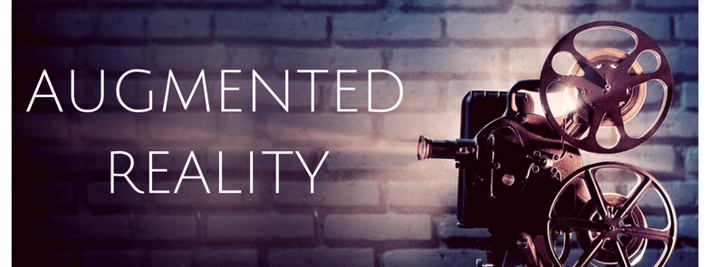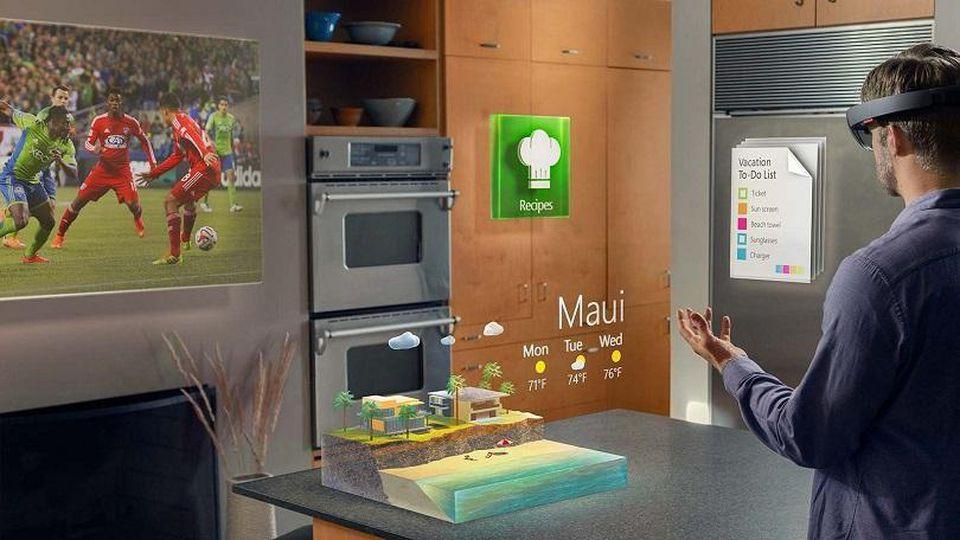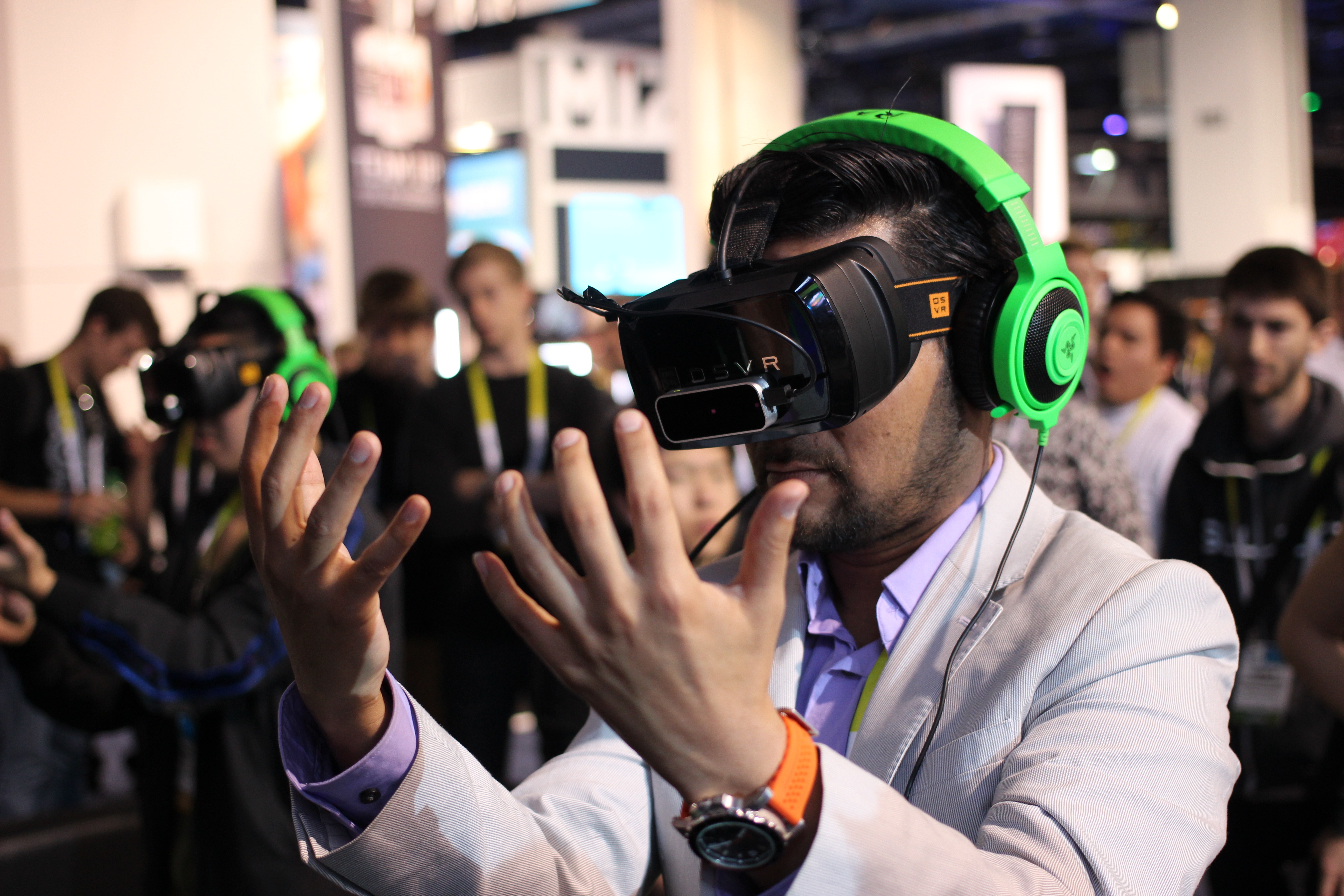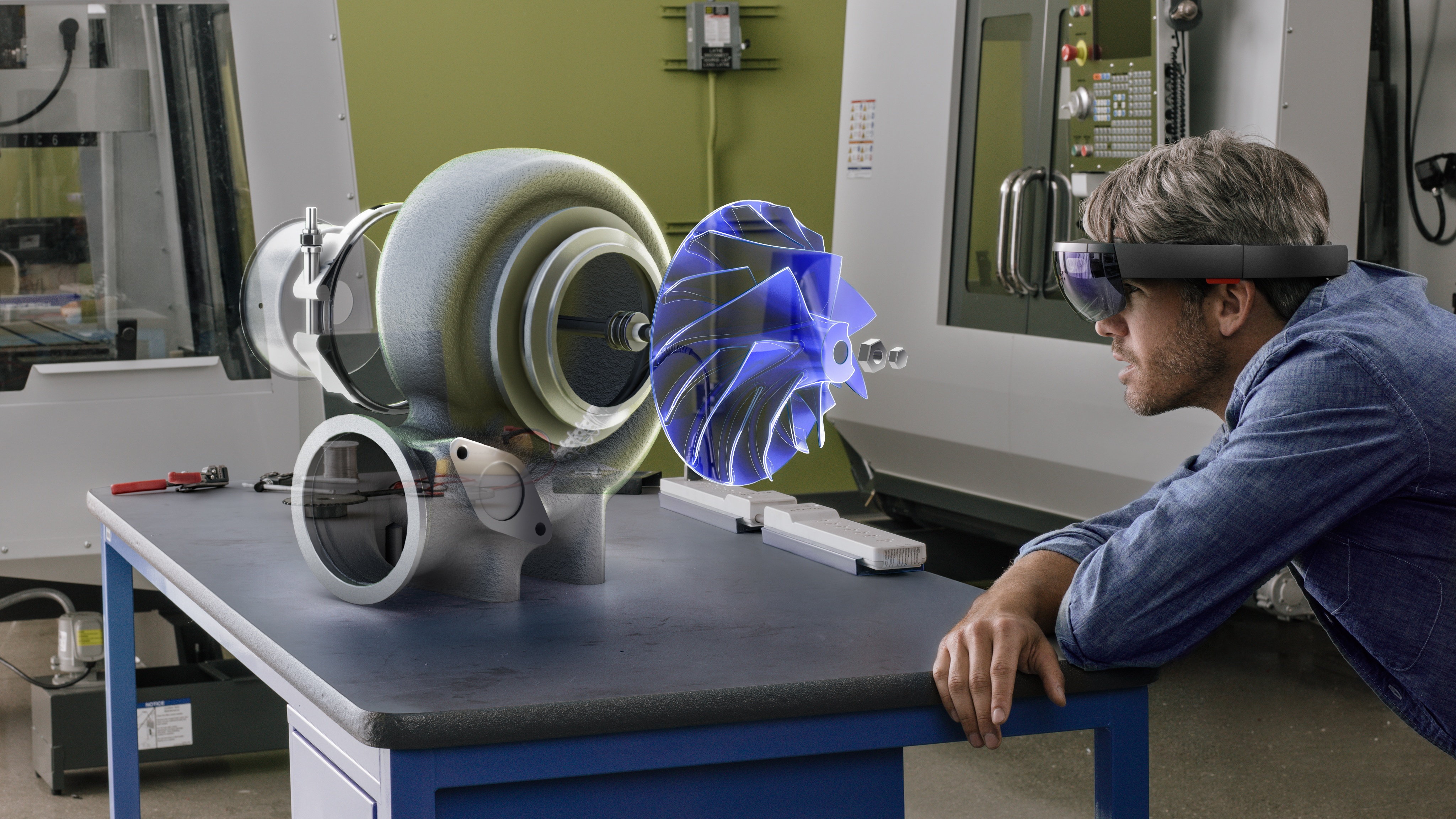Real life use cases of Mixed Reality
Technology is an application of tools and techniques to solve the problems in the human world. It comprises of a collection of skills, techniques,...
6 min read
Sales : Jan 19, 2018 12:00:00 AM
![8 Unconventional Applications of VR & AR [Insights from Experts]](https://www.newgenapps.com/hubfs/Imported_Blog_Media/AUGMENTED%20REALITY-1.png)

Augmented reality and virtual reality have evolved the meaning of visual communication. It is now possible for us to create our own reality out of the current environment by augmenting the surroundings using our phone camera, smart glasses, and even helmets. We can also move ourselves to a completely new environment using virtual reality headset.
Such impactful visuals can completely change the course of gaming, entertainment and travel communications. But this is not where it ends, this is where it starts. The applications of AR and VR extend far beyond the above obvious sectors. Ever thought what they could mean for an NGO or victim of a crime? In this blog, we will examine some unusual applications of VR and AR in the voice of 8 industry experts.
Read more: Augmented Reality vs Virtual Reality - Know Major Differences
Get acquitted with the latest trends in augmented reality with our free eBook. Grab your copy today.

Just a few short years from now, headsets for entering virtual and augmented landscapes will populate the desks of most of the country's Fortune 1000 companies. But employees won’t be using these tools for gaming. VR/AR will shift the way teams learn, interact, and communicate with customers in ways never thought possible.
VR/AR will introduce whole new ways to socialize and whole new ways to learn, but these methods will only be as effective as their overall design. That's why designers, animators, and developers need to start planning for this future today. Ineffective visual communication on these platforms—the kind that uses stock imagery or falls short on its ability to tell a story—can create disorientation and confusion, and you might risk turning people away from your brand or product entirely.
Effective visual communication in VR and AR is not only aesthetically engaging but offers a guiding hand as users explore this new world. Logically organized and carefully implemented visual communication can place your brand at the forefront of VR/AR.
-Amy Balliett, CEO, and owner of visual communication agency Killer Infographics. @TopInfographics

There a many use cases for VR, but the most interesting and most immediate is training and education. Several studies have shown that people who learn and train in VR retain the information much more deeply and for longer periods of time than those who simply use books and videos and other traditional methods.
Read more: Mixed Reality- A blend of Augmented Reality and Virtual Reality
In one case, students learning construction management were broken into two groups, one using VR and the other traditional methods, and the VR group scored higher on tests about the information both immediately after the lesson and a month after. In another case, medical students using VR did much better on live patients than those who learned via traditional methods. VR allows students to run the lesson as many times as needed, and they cannot be distracted while in the headset.
-Cortney Harding founder of Friends with Holograms - a VR/AR agency @cortneyharding.

AR will absolutely revolutionize the e-commerce industry and has actually already started doing so. The possibilities are endless, but one big change will be the shift to "virtual showrooms." Consumers at stores like Uniqlo and Gap can already try on different colors and styles of clothing in a virtual dressing room, with mainstream expansion soon to follow. And it only extends from there -- imagine actually being able to "see" furniture in your home before you make your purchase, or checking out a car and all its features, right from your phone.
The entire video game industry will likely see a shift, too, with buying moving away from consoles and towards the games themselves, that can be played right in your own living room. Finally, a consumer’s in-store experience will get a boost as brick-and-mortar retailers are able to add an AR-powered store map to their app, allowing shoppers to find --and be led directly to -- any item in the store.
-Michael Quoc, Founder & CEO, ZipfWorks - an eCommerce incubator. @michaelquoc

Once upon a time, lawyers would use photos and wipe boards to try and explain the mechanics of an accident or a crime to a jury. With VR, lawyers are now able to transport the decision-makers directly into the scene.
Due to confidentiality issues, we can’t comment on specific cases; however, we can say that we’re currently experimenting with this cutting-edge virtual reality technology on several matters involving catastrophic personal injuries.
As lawyers, one of the biggest challenges faced in a case is showing the decision makers or jury what actually happened at a crime scene or at the precise moment of impact during a catastrophic injury. In the old days, we’d use demonstrative exhibits, visual aids, and witness statements in an attempt to ‘transport a jury to an accident scene.’ With virtual reality, not only can we transport jurors to the accident scene, we can put them in the car at impact. That’s powerful – and the sense of ‘presence’ that VR provides has the potential to be a game changer in the practice of law.
-Terence works with attorneys Marc Lamber and James Goodnow, the dynamic duo behind the Lamber Goodnow legal team at Fennemore Craig, P.C. @LamberGoodnow

VR and AR are unique in that they are immersive technologies. Unlike video, VR actually puts you in the environment and AR puts digital things in your environment. It is interactive as well but mostly it is safe. If a person has a fear of snakes it is risky to expose that person to real snakes but far safer to expose the person to virtual snakes.
PTSD treatment has been shown to benefit from VR and AR as well by gradually exposing the subject to the stimuli that caused the PTSD in the first place in a safe manner and allowing the subject to work through the trauma at the subject's own pace.
Training in handling tense situations also benefits from VR and AR by allowing people to work through various scenarios with no consequence and learning experimentally how to handle them in the real world. What we learn in VR and AR carries over to real life and we can practice safely as many times as we want.
-Dr. Tim Lynch, President of Psychsoftpc, Doctorate in Psychology of Computers and Intelligent Machines from Boston University. @Psychsoftpc

Virtual and augmented reality is coming to real estate. The opportunity for this new technology is fantastic. We’re not talking about merely seeing homes online. The future of this technology is virtual showings. Home buyers will be able to don VR goggles and walk through a home anywhere in the world. I sincerely believe this technology will unlock the opportunity for home shoppers relocating from across the world to visit a home without ever leaving the comfort of their existing home.
Adding to this exciting change in real estate will be the introduction of augmented reality. Home shoppers will be able to virtually stage the potential home within their VR goggle view. And, within the view, they can also find data, nearby schools, shopping, dining. Realtors can leave post-it notes within the virtual tour describing building materials, the year the home was built, lot size. Any information a consumer may want as they take a virtual tour of their new home.
- Bob Gordon is a Realtor in Boulder Colorado and blogs about real estate at BoulderRealEstateNews. @BobGordon

How do you fill a staffing gap? Imagine if you could use augmented reality (AR) to bridge your workforce. Instead of a team of experts being paid at their full earning potential, you could blend out your resource pool with junior staff members.
As a mentor, the expert would oversee everything their juniors were assigned to. Let’s suppose a junior engineer is at a work site and needs validation that a beam was structurally sound. In a corporate setting,
Through augmented reality, the engineer would be able to show, in real time, what he/she is inspecting. Without needing to be onsite, the expert would have visibility into the inspection – provide recommendations and point out areas of concern and/or provide approvals.
In a corporate setting, AR and VR serve different purposes. AR can give visual examples of good work done, while VR creates an immersive experience. This fosters empathy between employer, employee, and staff, leading to a more unified workforce.
-Kundan Joshi, CEO, TheAppLabb @jkundan

Virtual reality content has the ability to build empathy and understanding for issues and causes that people otherwise might overlook. 2018 should be the “year of humanity;” as VR/AR producers create content, I hope they consider partnering with organizations doing great work for the betterment of humanity.
Last year, I had the privilege of launching the UN Foundation’s Nothing But Nets campaign’s first VR film, called “Under the Net.” The award-winning documentary features an 11-year-old girl named Amisa, who lives in Nyarugusu Refugee Camp in Tanzania. Viewers experience Amisa’s life through her eyes and explore the devastating impact that malaria has on her family. Technology has the power to connect people from all corners of the world and through “shared” experiences in a headset, we can begin to find common understanding and compassion.
There are dozens of other examples of great VR content in the social good space – whether it’s from the United Nations’ virtual reality program, charity: water or the Starlight Children’s Foundation – these VR films and programs have the power to change perceptions, actions, and policies that shape our world.
-Rachel Henderson, Vice President of Warschawski, a marketing communications agency headquartered in Baltimore, MD @HendersonR
Interested in getting your app developed. We at NewGenApps have over 10 years of experience in the field of mobile app development. We value visual communication and have developed expertise in augmented reality and virtual reality. Get in touch today for a consultation or project.

Technology is an application of tools and techniques to solve the problems in the human world. It comprises of a collection of skills, techniques,...

The Gaming industry is part of the economic sector which comprises the process like the development, marketing and monetization of video games. It...
 Read More
Read More